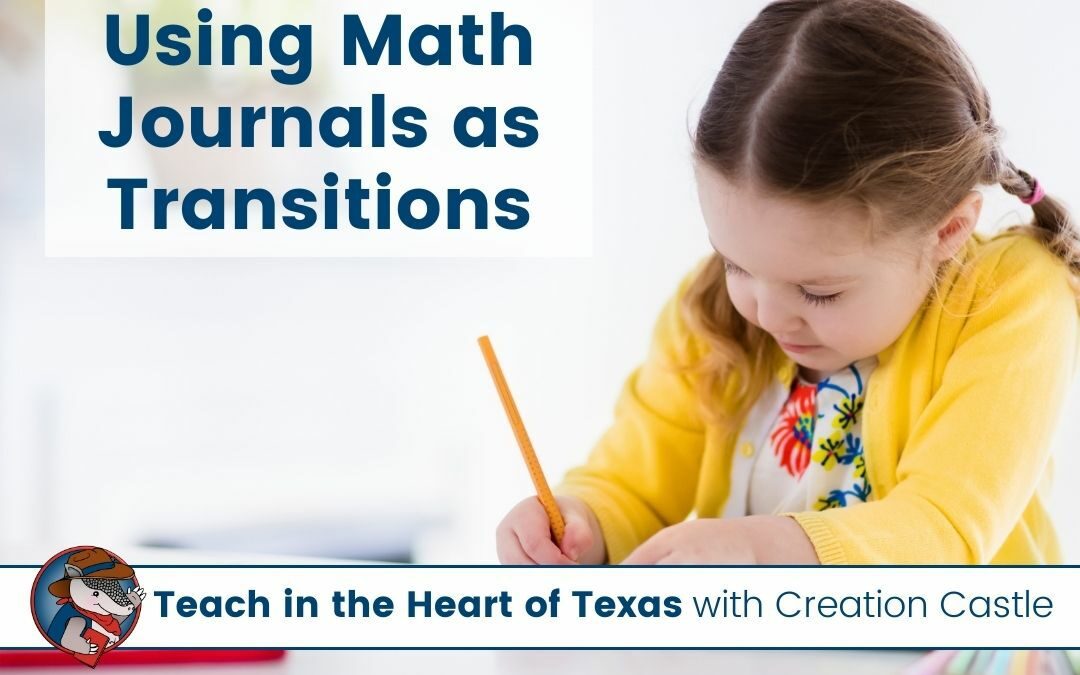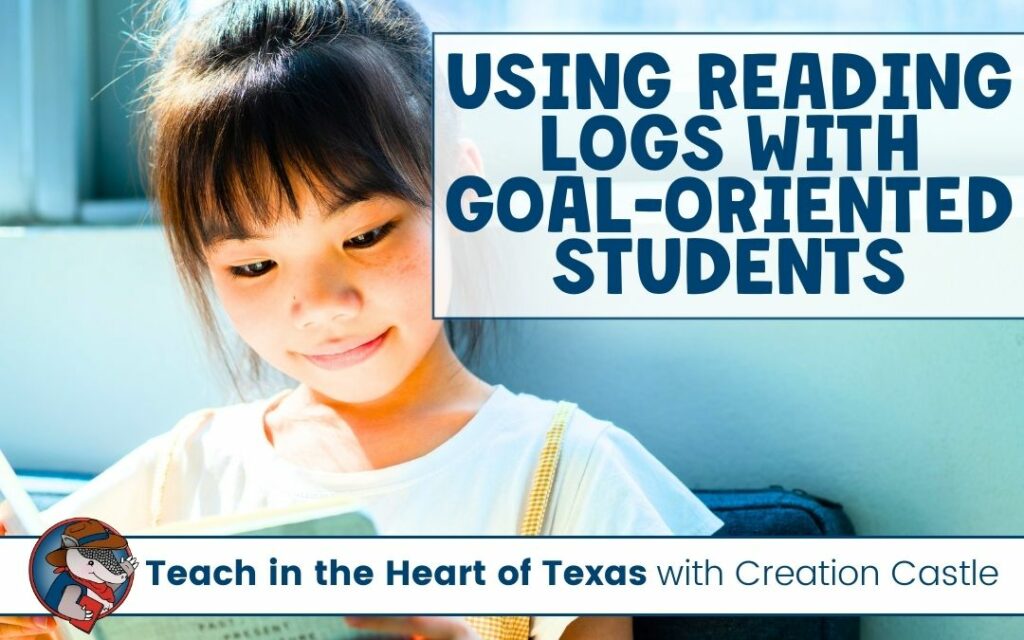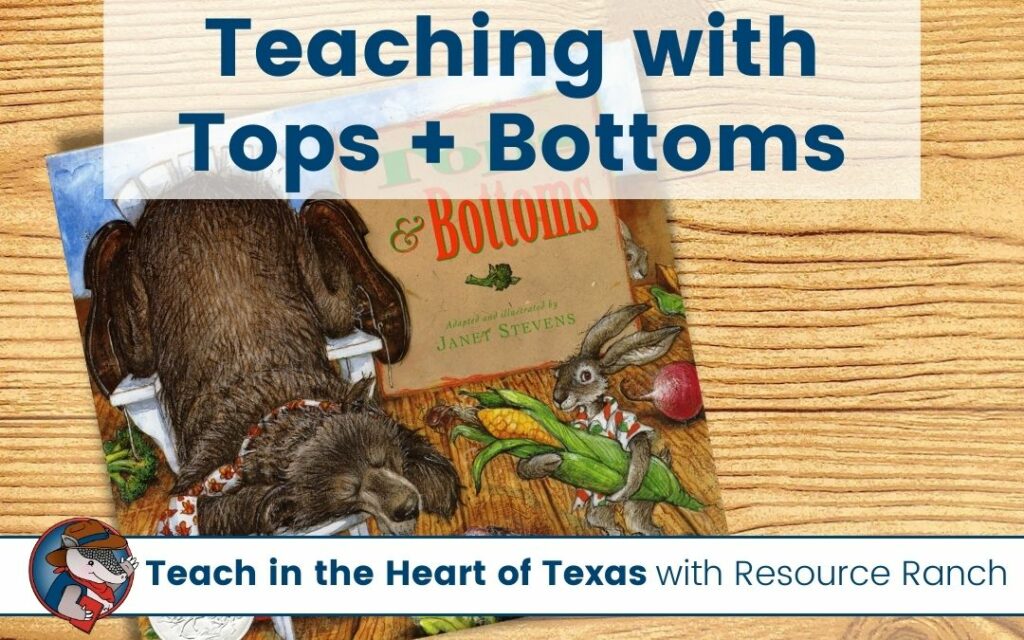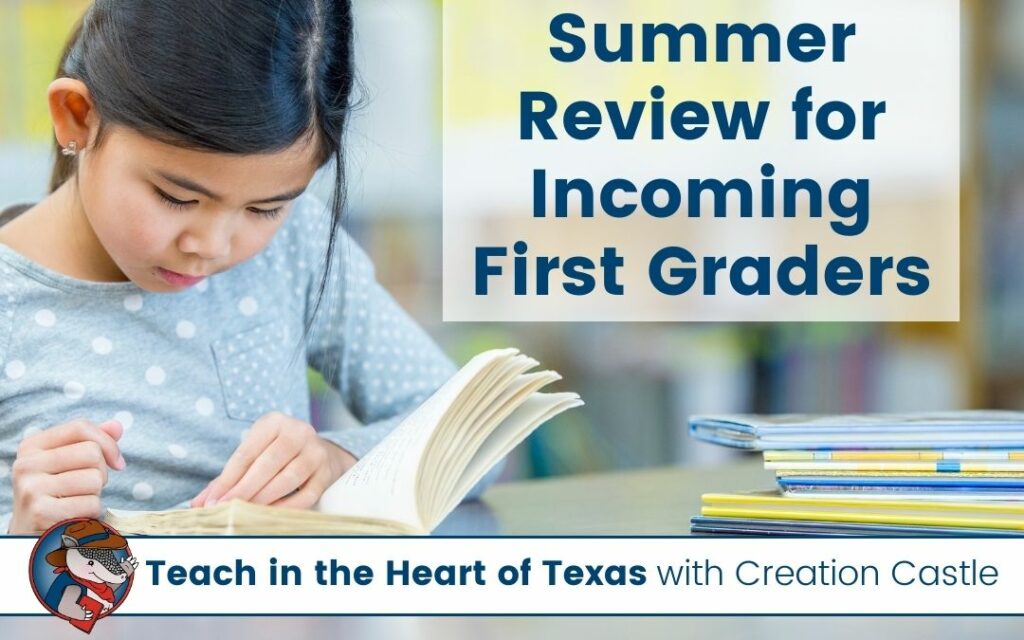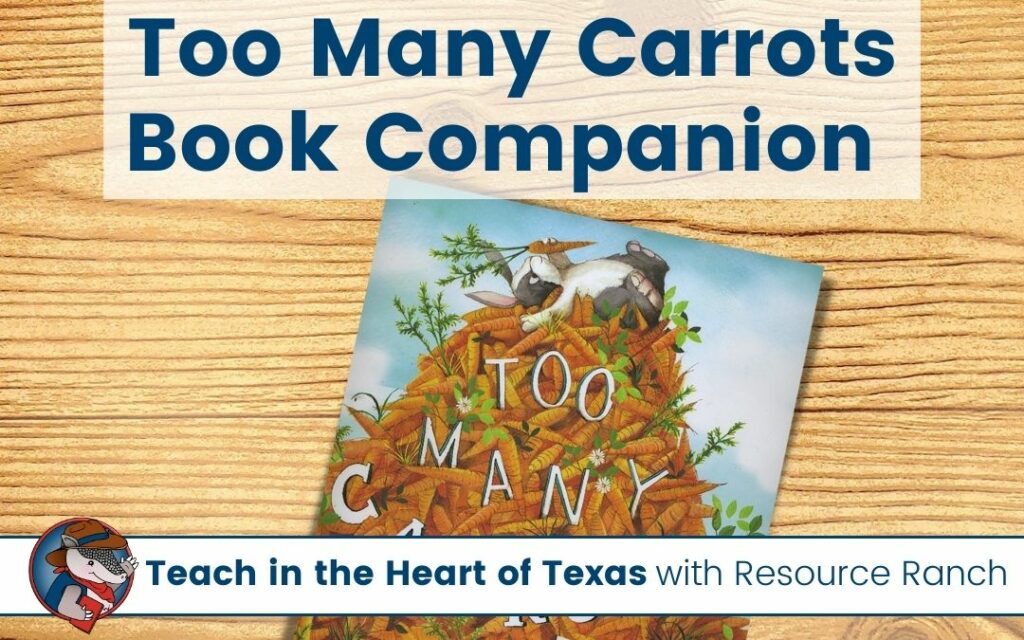Do you know how much instruction time you lose during the day? Do you know where that time is being eaten up? Likely you are losing about five minutes every time you transition – unless you are using that time wisely. When I noticed this problem in my classroom, I quickly pivoted and found ways to make my classroom transitions more efficient.
Quick Links
Think about your current schedule. Let’s say it looks something like this.
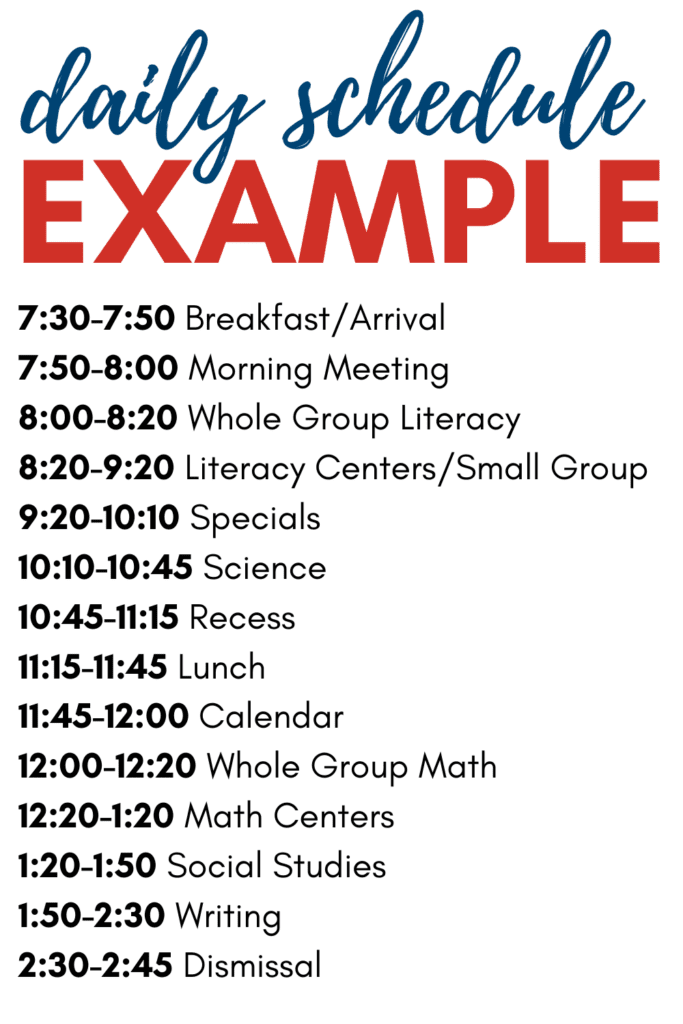
There are thirteen classroom transitions during this day. Let’s say you lose three minutes during each transition. That is thirty-nine minutes. 39. Of the course of the year that means you could lose around 7,000 minutes of instruction. That is close to a full week of instruction.
Realistically I know and you know that you can’t and shouldn’t fill every single second of the day. But that doesn’t mean that you shouldn’t strive to fill those times with meaningful interactions sometimes.
In our example above, you could easily have students fill one of those transition times with their math journals between lunch and calendar time, calendar time and whole group math, or even whole group math and math centers.
Personally, I would have my students pull out their math journals when they came back to the classroom from lunch and get them focused on their work right away. But let’s look at some reasons why you should use math journals to fill that time to begin with.
Classroom Transitions Should Be Time Efficient
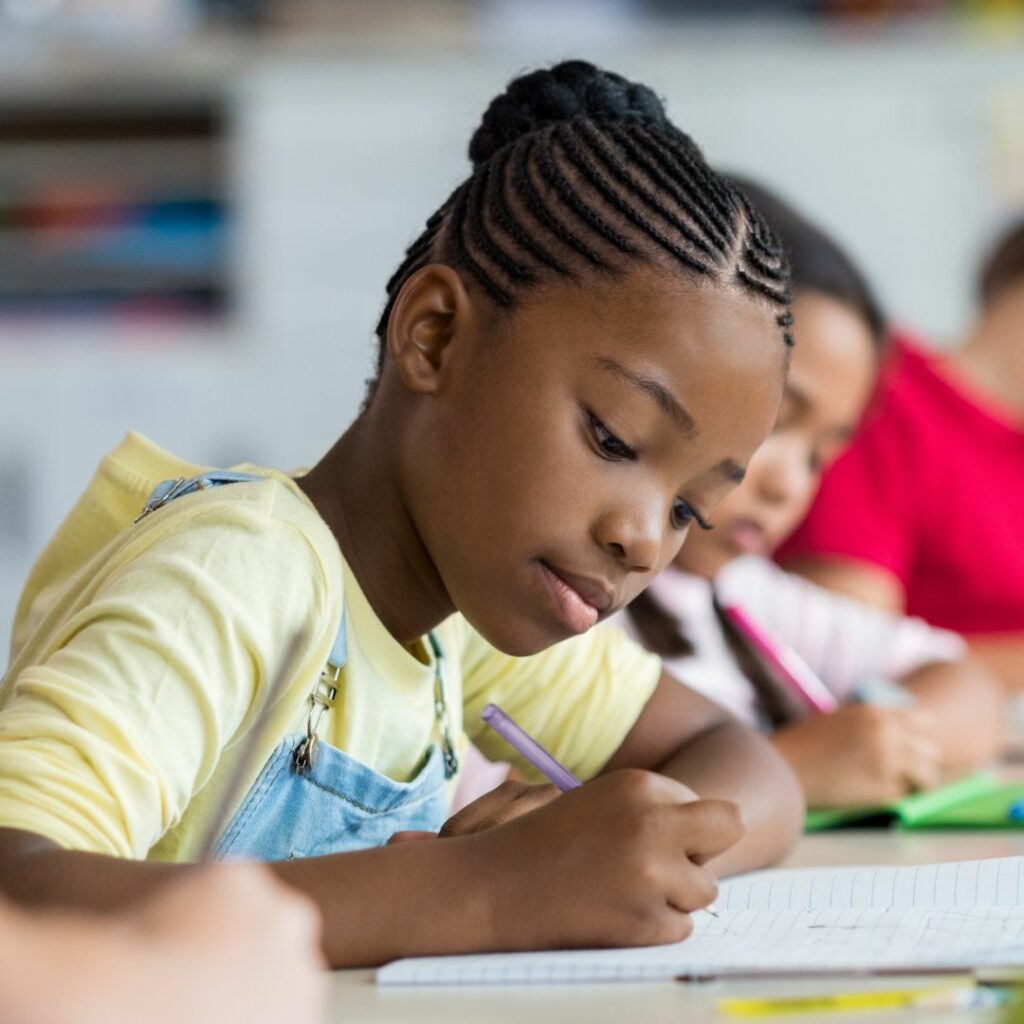
You know that every minute counts in your classroom. The less time you spend on transitions, the more time you have for teaching. Math journals can help you save time during transitions because they allow students to continue learning while they move from one activity to the next.
Math journals, done the correct way, can be completed in less than five minutes. Yep. Your students can take out their journals, complete the problem(s), and you can go over the correct answer in just a few minutes. This makes them the perfect transition tool.
Math Journals Put Students In the Right Headspace
Some classroom transitions will be harder on your students than others. Especially for students that have trouble switching from one task to another unrelated task. Using a warm-up like a math journal can help your students ease into the content area they need to begin focusing on.
When students work on math problems in their journals, they are more focused and engaged in the material. This means that when they transition to their next activity, they are more likely to be ready to learn and less likely to be distracted.
Effective Classroom Transitions Lead to Increased Learning Time
When you use math journals during transitions, you are making your classroom more efficient. This means that you have more time for teaching and learning. The more time you have for teaching, the more you can cover in a day or a week. This means that students have more opportunities to learn and master new skills.
Not only does filling your transition time with something academic already increase your instructional time but taking math journals to fill that space helps students review concepts they have already learned.
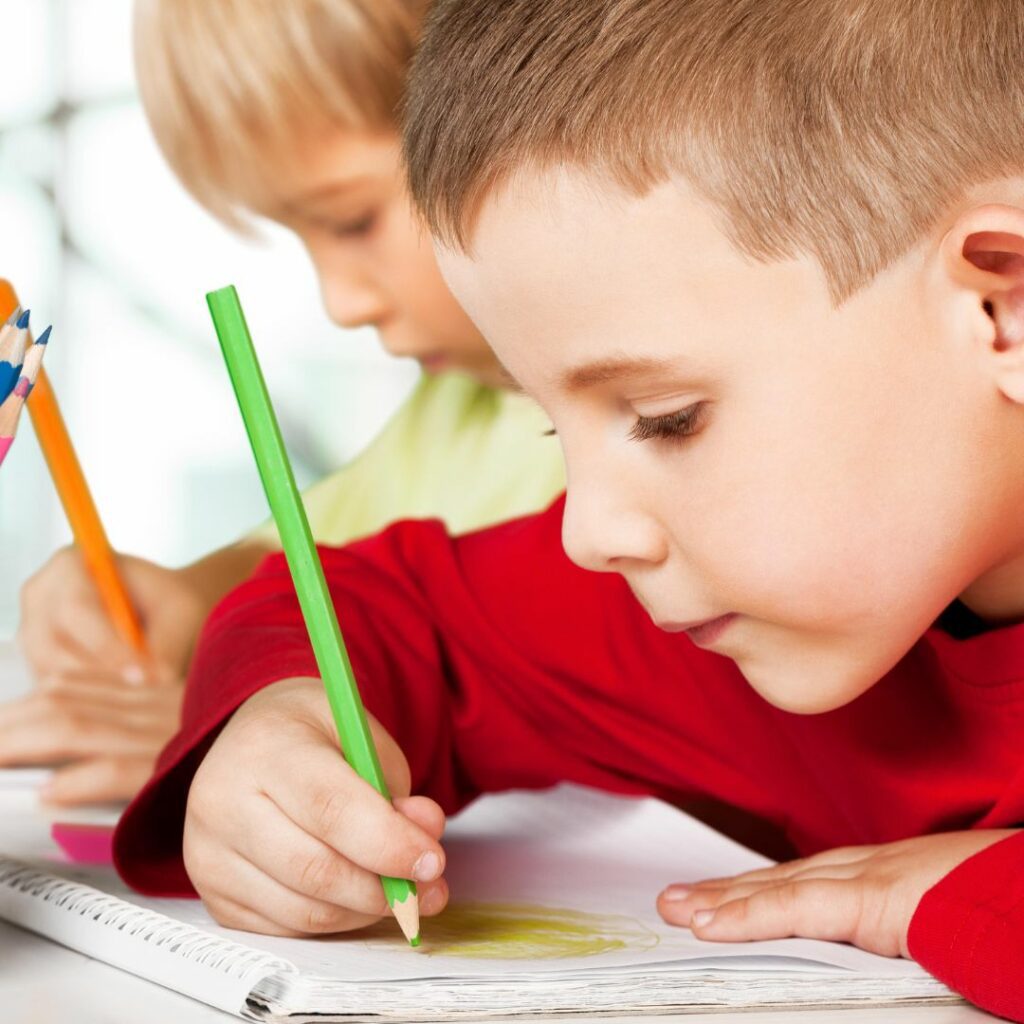
Four Other Times to Implement Math Journals
If you’ve already mastered classroom transitions and have other effective practice in place, consider using math journals during these times:
- morning work
- homework
- independent practice
- enrichment
Making the most of transition times in the classroom is crucial for maximizing instructional time. By using math journals, you can efficiently fill these brief moments with meaningful and academically focused activities that benefit your students in multiple ways.
Math journals not only help students review and reinforce concepts they have already learned, but they also provide a gentle and focused transition into the content area of the day. Whether used during transitions or at other times, math journals can be a valuable addition to any classroom.
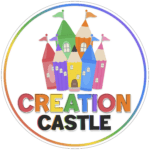
Creation Castle
Heather is the author of Creation Castle. She has experience with general education, special education, and ESL students in kindergarten through fifth grade. She specializes in early elementary math and literacy, as well as organization.

